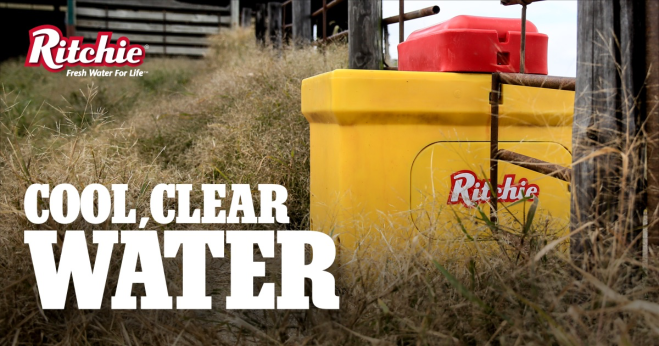Why does my valve drip?
This can be one of several problems. In new installations, if the waterline was not flushed significantly prior to attaching the valve, a piece of debris may have become lodged in the valve not allowing it to seal. In older installations, over time, the neoprene valve rubber disk on the valve plunger can build up with mineral deposits. These deposits will not let the plunger make a tight seal. Turning the valve rubber (part number 15151 or the 1/2″ valve, watch video, and part number 15152 for the 3/4″ valve, watch video) over or installing a new valve rubber will solve this problem. A sinking float or a loose or stripped wing nut or thumbscrew can also cause a unit to overflow. This problem can be fixed with new components. When none of the above apply, it is usually a case of too much water pressure that won’t let the valve shut off. When pressure is a problem, the unit should be fitted with a valve designed for higher pressures. If a high-pressure valve does not solve the problem, a pressure regulator must be installed in the line ahead of the valve. Another situation that can cause this is water hammer. The surge from a water hammer situation can cause the valve to sputter for long periods of time creating the appearance that the valve shut off. This can also be solved with an inline pressure regulator.
